I moved yesterday to new lodgings in James Bay, the oldest part of Victoria. Old Is a relative term here, since the city was founded only 160 years ago. Unlike San Diego, where I spent almost my entire adult life to date, here there aren’t even remnants, like the mission and Old Town, of anything earlier. Of course it isn’t true that there had been no one here, as I sit now on land that was home to the Lekwungen people, land that was never ceded and that they were pushed from when the value of the site as a trading post became apparent to the Hudson’s Bay Company.
Yesterday afternoon I took a walk in the neighborhood, and found a street where every house had a plaque on the gate (yes, fences, gates, and front yard flower gardens!). The plaque said when the house was built and who the first occupants were (examples below) They were all from the first decades of the 1900s, when population density caused a push in James Bay all the way out to the oceanfront. While mansions were cropping up on higher ground elsewhere, James Bay became the part of Victoria where those of modest means could build homes.
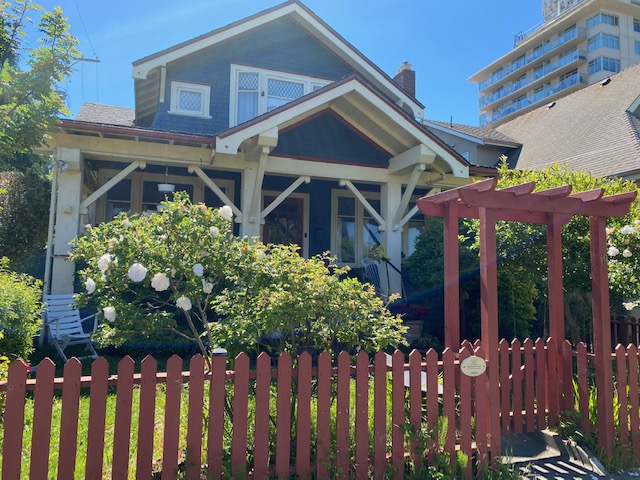
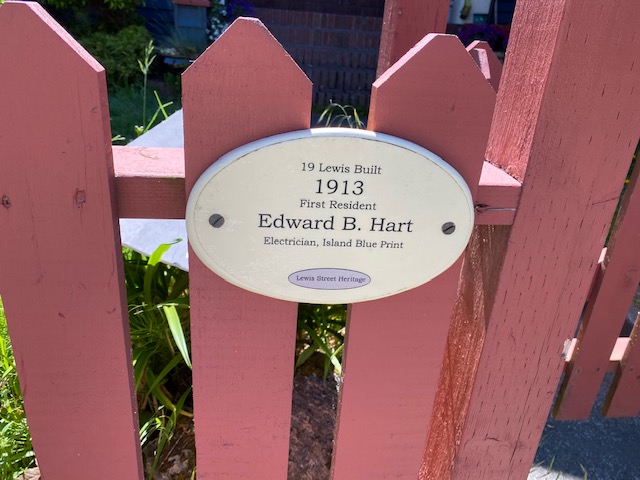

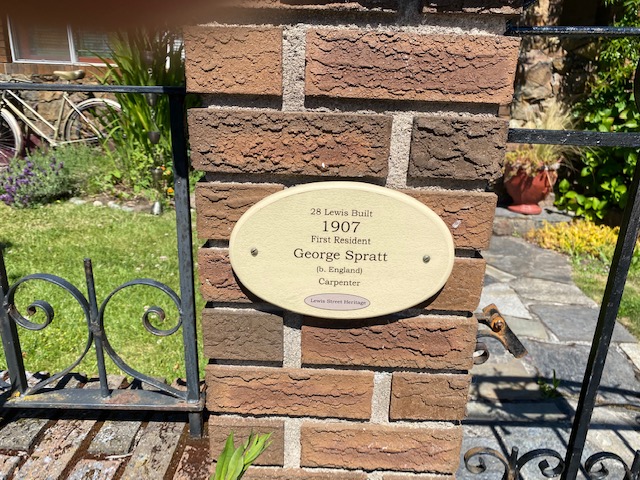
The plaques on the gates also stated the occupation of the first resident. I was astonished, and sobered by the reckoning this invited. In those days a foreman,, or a carpenter, or a manager of a business could build a home for his family on only his income. And these are large homes by today’s standards, although several look smaller in the photographs.
I stare at homes like these, thinking about how the families of workers like these live today. We hear a lot about the hollowing out of the middle class, and here we see it manifested.
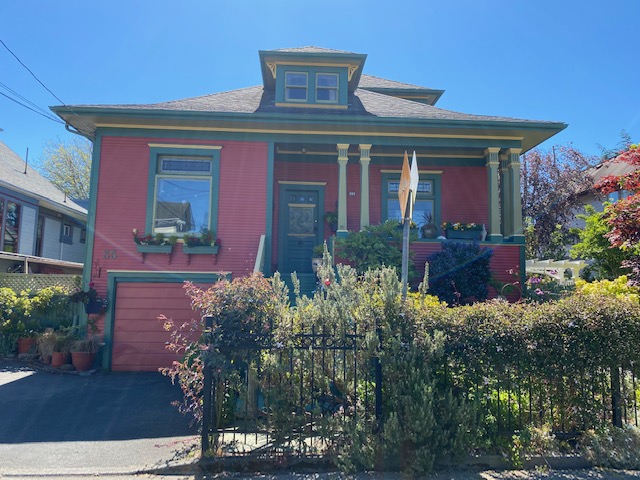
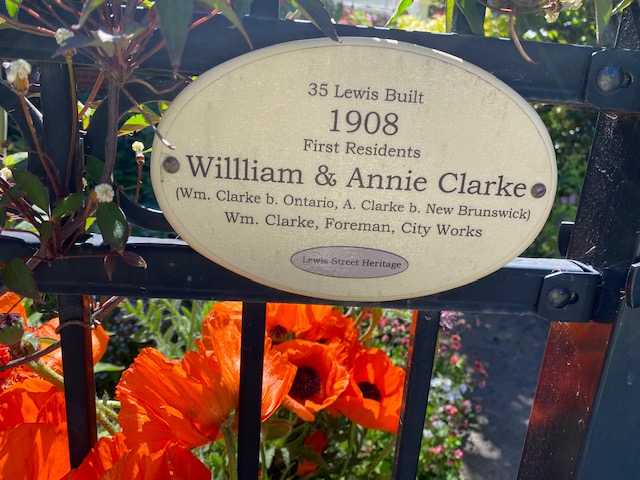
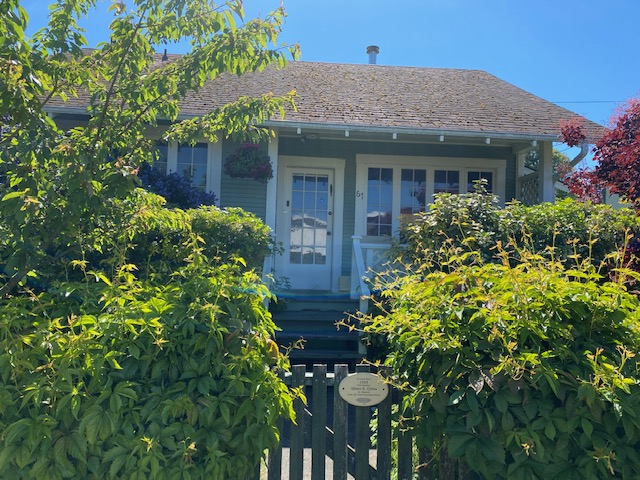
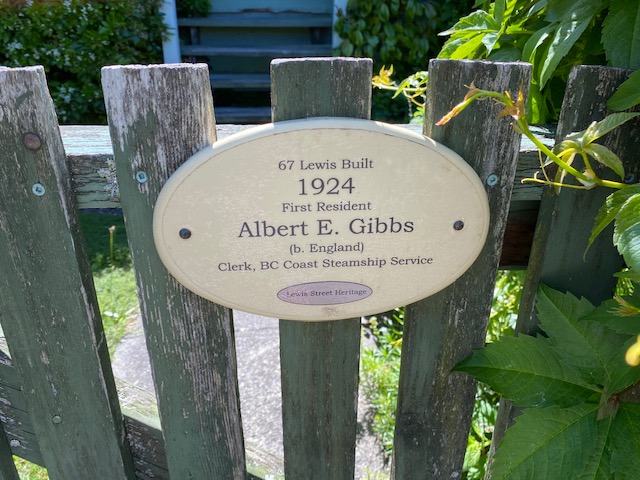
I just can’t stop thinking about what this says about the trajectories of the two great democracies in North America. In the mid-twentieth century, at least in urban settings, the key to upward mobility shifted from acquiring a skilled trade to getting higher education. Since that wasn’t possible for most working class people, they began to fall behind. As the service economy grew, the value of labor became harder to measure. If you don’t actually produce anything, well, how much is your labor really worth?
The answer is, not much. The same jobs that bought family homes now offer no such promise. An article in the Atlantic pointed out recently that television’s Simpsons represent a family norm that doesn’t exist for most—a working class man with a non-wage earning wife and kids, living in a single-family home.
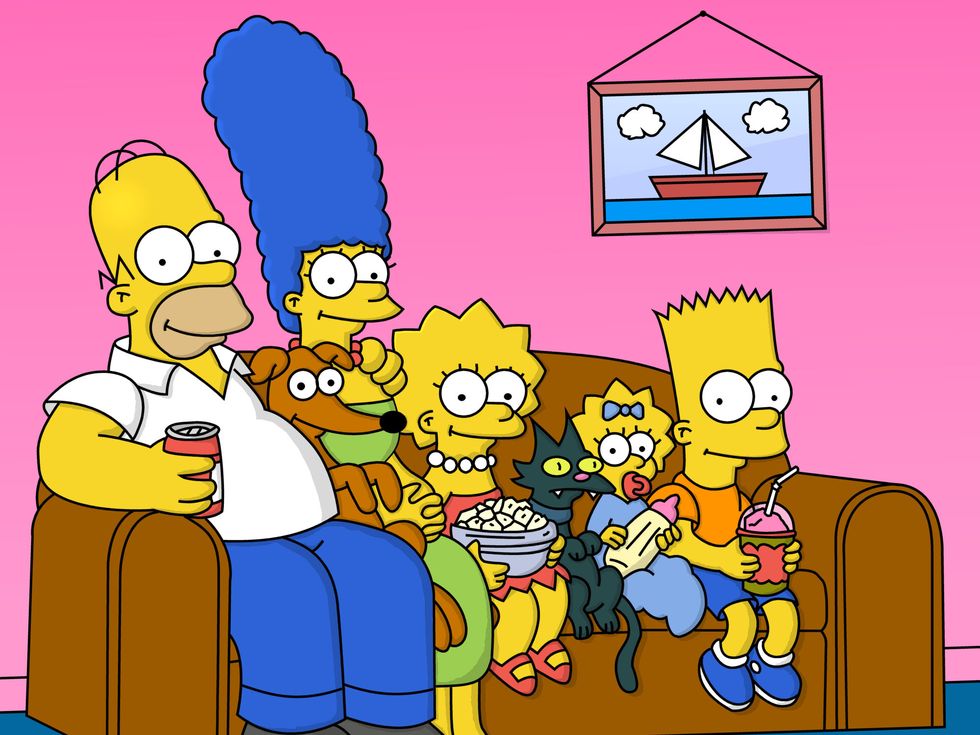
The promise of the last decades has been tied to the college degree, with a subsequent, and I think tragic, undervaluing of skilled labor. The irony of this emphasis on higher education is not well known. The GI Bill after World War II was designed not just as a reward for service, but to keep throngs of returning soldiers from immediately flooding the job market, undercutting wages and eroding livelihoods. The net effect was to set in motion a sea change in that labor market, so that careers that could be had in the past without higher education now set a college degree as a job requirement. This is true for skilled tradespeople like electricians, all the way to middle managers in the public or private sectors. Mentorship by one generation to the next as a path to success just doesn’t cut it anymore. Nor does it matter if anything you learned in college directly prepares you for a job. You simply must have the diploma.
Who owns these beautiful, historic homes today? My guess is you will find very few without college degrees, and most, even with that, probably require two breadwinners. How many are owned by foremen or clerks? Get real.
